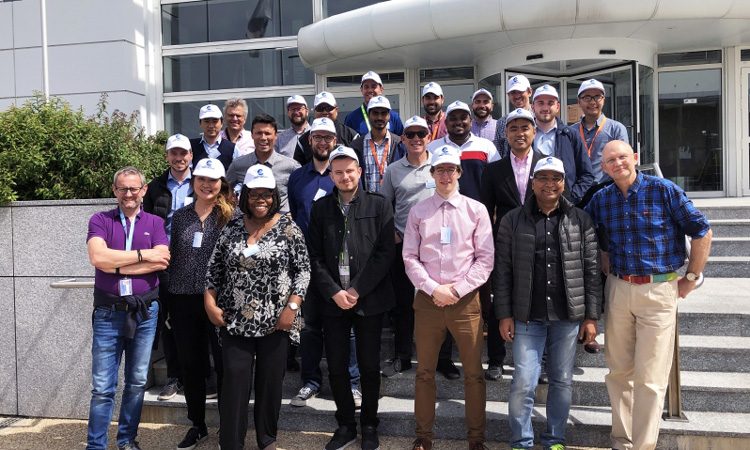New ATC simulator to be implemented in universities and research centres
Posted: 4 June 2019 | International Airport Review | No comments yet
A new version of EUROCONTROL’s ESCAPE air traffic control simulator will facilitate academic research around the world and improve future training.


EUROCONTROL has created a new version of ESCAPE, its real-time air traffic control (ATC) simulator, for use by universities and research centres in Europe and beyond.
The “ESCAPE-Light” simulator offers the same functionalities as its parent simulator, containing a set of generic exercises and a human-machine interface representing the most common systems in Europe. This means that universities can start working with it immediately as part of their basic ATC training for aviation students, while researchers can use it as part of projects and simulations.
On the 20 May 2019, staff from 14 universities and research establishments joined EUROCONTROL’s simulation experts for a five-day workshop at EUROCONTROL’s Experimental Centre in Brétigny, France. Researchers and technical experts from Czech Republic, Hungary, Germany, Japan, Poland, Singapore, Slovakia, Spain and the United Kingdom familiarised themselves with the simulator’s functionalities, possible use cases and the installation process.
Philippe Debels, Head of Simulation and Validation at EUROCONTROL, commented: “We expect that ESCAPE-Light will act as a unifying tool to encourage aviation schools to cooperate on research and to make contributions to improve the simulator and validation methodology. We hope that our partners will bring new artificial intelligence (AI) and machine learning-based ATC or safety tools, relevant metrics, efficient data analytics and convincing validation techniques to increase capacity, and we’ll help disseminating them.”
To provide maximum freedom to researchers, EUROCONTROL distributes the executable code of the simulator with a licence inspired by the open-source approach. The use of the simulator software is free of charge for researchers who share their improvements and developments with the user community, some of which could then be integrated into the original ESCAPE.
The simulator is modular by design, so users can plug in new components and exchange data with other simulators with the help of appropriate application programming interfaces (APIs) that EUROCONTROL provides. This gives freedom to researchers to develop advanced algorithms and test them in a realistic simulated environment. To train AI-based algorithms, EUROCONTROL can also provide data from past simulations that are very dense in terms of information-rich events.
The reaction from the international academic community is already extremely positive. Eri Itoh from Tokyo’s Electronic Navigation Research Institute explained: “We have been looking for a good simulator for the last six years but as a research institute we were not able to afford expensive software. We are thrilled that EUROCONTROL is making a version of their simulator available to researchers at no cost, creating a community that will be able to share problems, solutions and data while feeding the results of research back to EUROCONTROL.”
One of the most attractive features of ESCAPE-Light is its flexibility, as CRIDA’s Ángel Martínez emphasised: “We need a platform that will allow us to implement new functionalities and plug-ins as opposed to a closed system that we are currently using that cannot be customised. This will help us with our research and validation projects.”
Debels concluded: “We sincerely hope that sharing a common ATC simulator among universities and research centres will make it easier for all to work together on exploratory research projects. Running simulations on different sites with the same simulator will avoid risky data conversions and speed up all preparatory tasks.”
Stay Connected with International Airport Review — Subscribe for Free!
Get exclusive access to the latest airport and aviation industry insights from International Airport Review — tailored to your interests.
✅ Expert-Led Webinars – Gain insights from global aviation leaders
✅ Weekly News & Reports – Airport innovation, thought leadership, and industry trends
✅ Exclusive Industry Insights – Discover cutting-edge technologies shaping the future of air travel
✅ International Airport Summit – Join our flagship event to network with industry leaders and explore the latest advancements
Choose the updates that matter most to you.
Sign up now to stay informed, inspired, and connected — all for free!
Thank you for being part of our aviation community. Let’s keep shaping the future of airports together!
Related topics
Air traffic control/management (ATC/ATM), Airside operations, Communication Technology, New technologies, Recruitment and training, Regulation and Legislation


















